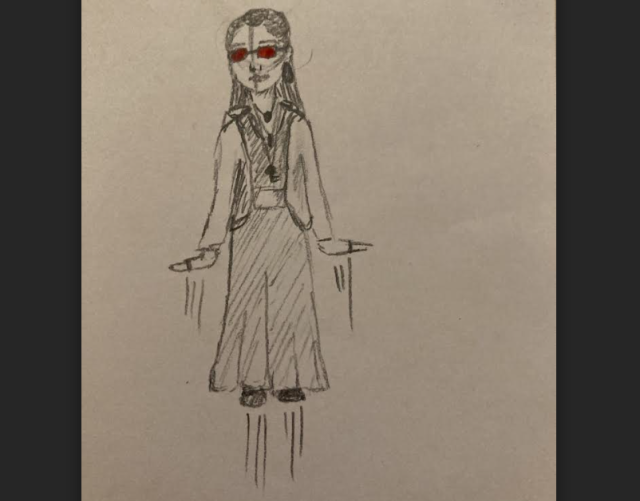The gender binary is the idea that gender is black or white, man or woman and nothing in between. Under the binary, you can see cisgender men and women (people who identify with the gender they were assigned at birth) and trans men and women (people who identified with the opposite gender that they were born with). Transgender, however, doesn’t necessarily mean trans man or trans woman. It is also used to represent someone who falls outside the binary. This is known as being non-binary. Someone who identifies as non-binary generally feels as though the gender binary doesn’t fit them, and they are neither a man nor a woman. Non-binary can be used as a specific identity, however, it can also be used as an umbrella term (a general phrase or group that can have multiple different sub groups throughout it). Some of these terms include agender, gender fluid, genderqueer, demi-boy or demi-girl, and bigender
Most of the non-binary representation seen in media is only for a set group of non-binary people, which are known as androgynous youth. This means that when we see examples of non-binary teenagers, we see them with short hair and baggy clothes, but stereotypically feminine features. The truth is, anyone can identify as non-binary regardless of their age and appearance. Physical presentation is not equivalent to gender identity. The concept of being both or neither gender is not a new one, but rather one that has been around for centuries.
It is important to recognize that gender identity is an extremely personal thing and can be expressed differently for everyone. Identifying as non-binary doesn’t mean the same for everyone, nor should it. Knowing who we are is extremely important for numerous reasons, however it is not anyone’s job to explain their gender to someone else. No one has the right to judge or decide if a person is lying based on appearance alone. Gender and gender expression are two very different things that are often combined in people’s eyes despite their very clear differences.
A person’s gender is who they are, whereas gender expression is simply how they choose to show themselves. One of these is a clear choice whereas the other is something that a person can’t control.
As people, it is our duty to accept others for who they are even if we don’t fully understand where they’re coming from. We can also do our best to learn more about someone and ask questions to improve both our understanding and our relationship as a whole. By learning more about someone’s identity we can be more accommodating. Which, in this case, can be essential. Many non-binary youths struggle in school with no gender neutral accommodations. The bathrooms and locker rooms, both being men’s rooms and women’s rooms can create dysphoria for someone who identifies as neither or both genders. Situations like this further push the binary on people who are actively hurt by it, and make it that much harder to feel safe in a world built for something that they can not fit into. The reality of non-binary youths’ is often ignored, but ignorance is the main cause of struggle in their lives. Until awareness is raised and society begins to accept the nuances of gender identity, these struggles will continue to cause harm and push non-binary individuals in to hiding and suffering in silence.




